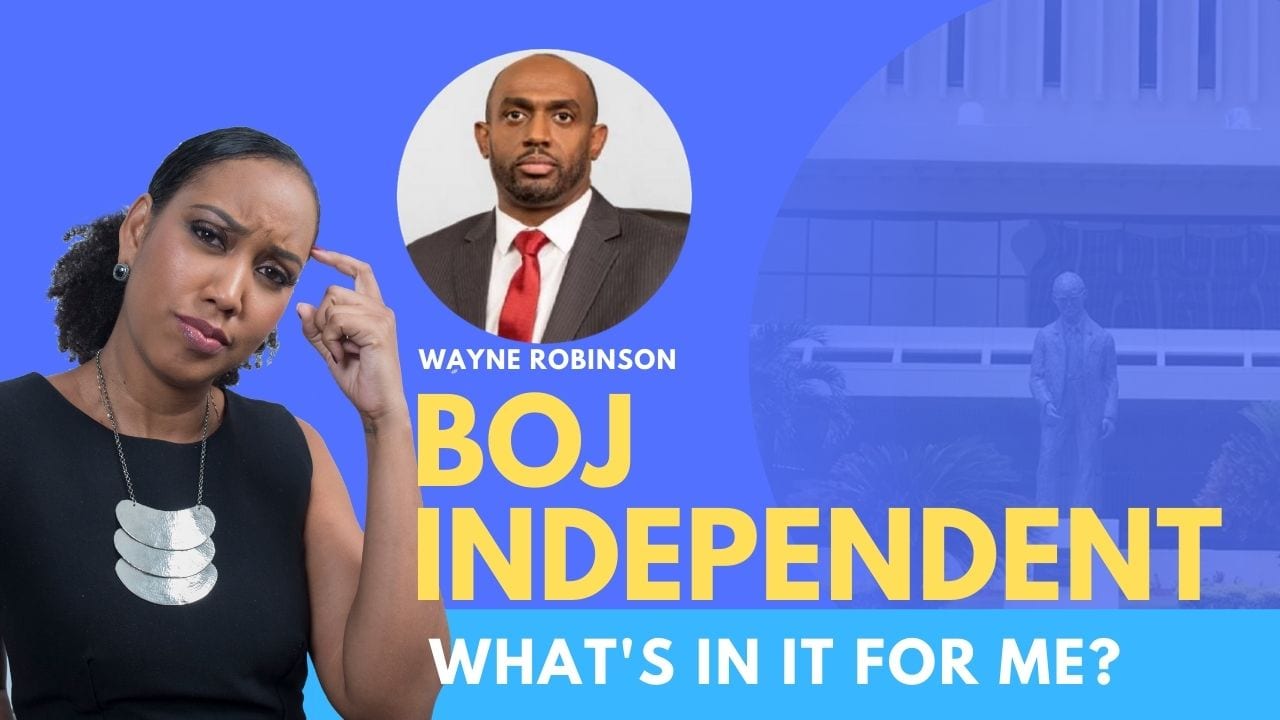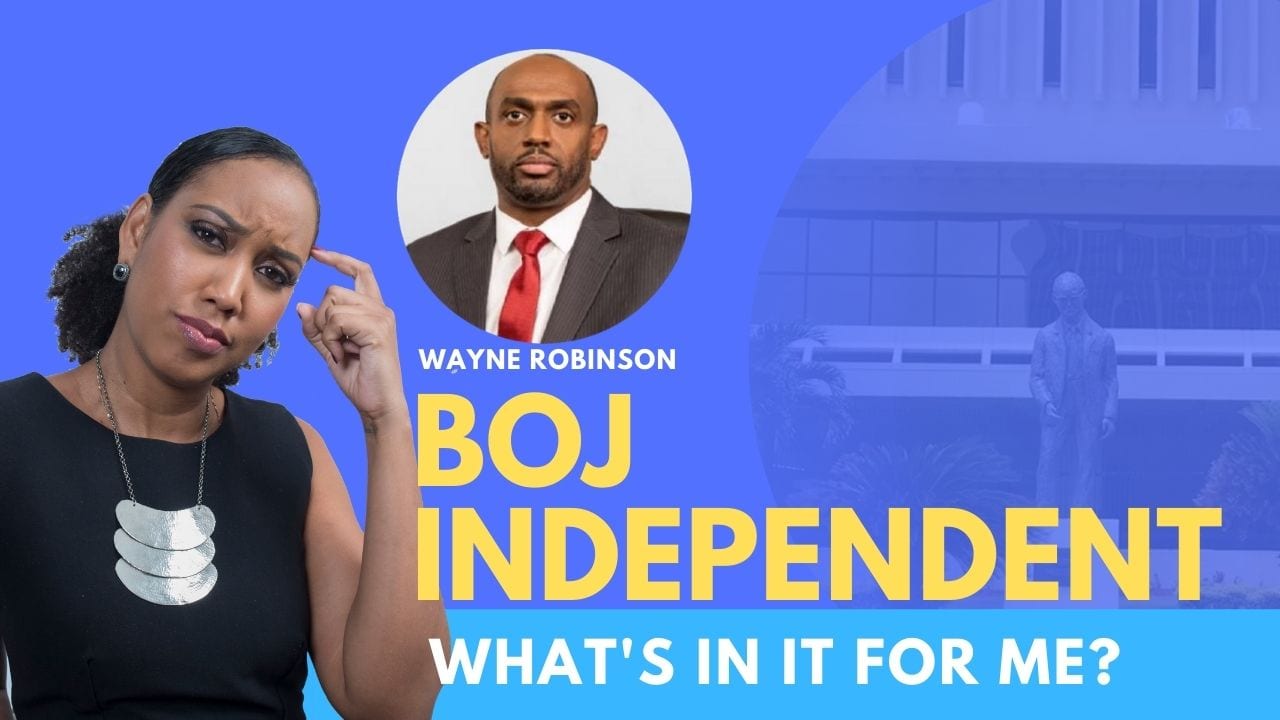Managing government finances
When you’re doing business with the government, you always know that you are going to get paid. What you don’t always know is when! Wouldn’t you like to get paid faster? The Ministry of Finance and the Public Service has partnered with the European Union (EU) to reform the management of public finances so that you can get paid on time, among other things.
Kalilah Reynolds sat down with Barrington Thomas, the Acting Head of the Financial Systems Unit in the Public Expenditure Policy Coordination Division at the Ministry of Finance and the Public Service (MOFPS) to understand what Public Financial Management (PFM) Reform is all about and What’s in it for me?
What is PFM?
PFM is the system to collect, use and report on public funds in a timely and effective manner. It helps to ensure proper management and prevent misuse of public funds. Thomas explained that PFM takes into consideration the laws surrounding the management of public funds, standards to maintain integrity, strategic planning and execution of transactions, systems for scrutinizing and monitoring to provide assurance to the public that government reports are true and fair, and lastly continuous knowledge acquisition and development of the staff and systems.
“In assessing Jamaica’s current stance in terms of good PFM, in general, Jamaica does have a strong PFM structure; however, we have some weaknesses,” Thomas acknowledged.
In 2018, the GOJ and the EU signed a financing agreement totaling J$638 million to aid the government of Jamaica with Public Financial Management Reform. Of the funds received, J$515 is for budgetary support, J$114 million for technical assistance and J$8.7 million for the evaluation component. With the help of the EU, the government is working to eliminate or mitigate weaknesses in the areas of management of revenue and expenditure arrears and control of contractual commitments.
Problems collecting
“We have budgeted to collect revenue, but we have not collected all the revenue that was budgeted to collect so persons owe us money,” Watson explained.
With revenues less than expected, the government has struggled to meet contractual commitments in a timely manner, which has resulted in a growing expenditure arrears balance, which could have far-reaching implications for the economy.
Simplifying taxes
Under the PFM reform, the government is also working to simplify Jamaica’s tax policies and make more avenues for payment available. In the 2019/20 budget, Minister of Finance and Public Service, Dr. Nigel Clarke, introduced the replacement of all Ad Valorem Stamp Duty rates with a flat rate stamp duty on security documents for loans. More avenues for payment have also become available. Individuals and companies can now pay some taxes on the Tax Administration Jamaica website. According to Thomas, the Ratio of Total Arrears to Total Revenue Collections has been reduced to 24.8% from 39% at the start of the PFM Reform in 2018.
There are also weaknesses in the areas of budgeting, financial reporting and overall treasury operations and cash management. With technical support from the EU, the MOFPS has set up a Budget Preparation and Management System (BPMS) that they have been using to forecast future revenue and expenditure.
The government has also set up a Treasury Single Account (TSA) to improve cash management. The TSA allows all monies to be maintained in one area.
“We try to ensure that all our payments pass through this single account so that we can pay on time, [and] we can know what funds are available,” Watson stated.
The government is also working to provide a framework for the selection of investment projects that align to the government’s economic objectives, better reporting to parliament and better public access to fiscal information. In its bid to improve public access to fiscal information, the MOFPS released the Citizen’s Guide to the Budget, an easy to read booklet that simplifies the government’s expected income and spending for the fiscal year.
What’s in it for me?
A lot is being done but what is in it for you? At the end of the PFM Reform, if you are a supplier, you can look forward to receiving payments in a timely manner. You will also have more options to pay your taxes on time. Investment projects will be selected to improve education, healthcare, agriculture and infrastructure. Lastly, there will have been an improvement in transparency and reporting on the government’s revenue and expenditure.
AUDIO ONLY
EPISODE CAST






Leave A Comment